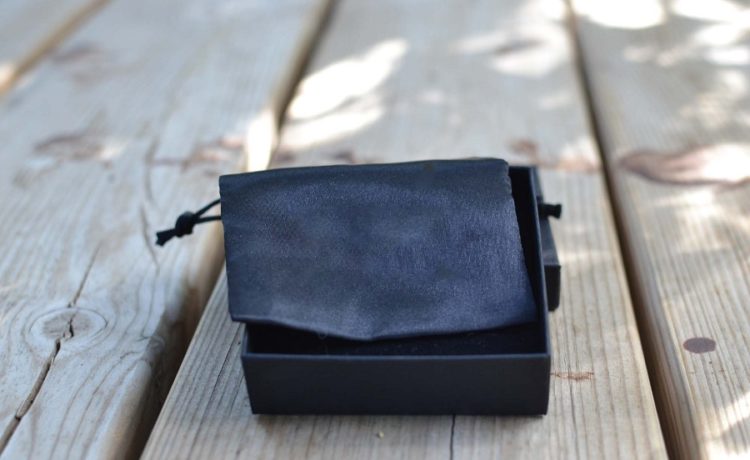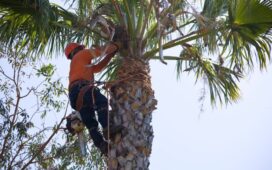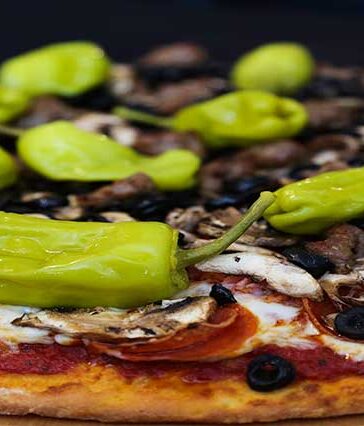Mother earth is feeling deteriorated. No thanks to humans who have not been particularly kind in taking care of her. One of the brutal ways we implicate nature is the improper disposal of waste. Considering commercial activities as the most forward-moving innovation of humans, there is also a great need to improve our packaging systems, being one of the significant contributions of inorganic dirt to the earth. Here are five emerging types of sustainable packaging solutions.
Recycled and recyclable papers and cardboards:
In the US and other parts of the world, it is becoming apparent that some packaging can never be done away with. However, they can worth being used on a large scale when there is a proper recycling chain for them to follow. Food companies are taking recycled paper bags and cups, seriously. Such a packaging solution meets the growing consumer demands.
PET plastics:
These are the light-weight, flexible, and transparent plastics that are used for packaging food substances. This solution is becoming popular because it is reusable and also easy to recycle for remanufacturing.
Fiber solution:
Carton packaging is trimmed as byproducts of complex waste systems and molded into biodegradable molded fiber-packaging products. This is one sustainable packaging solution used for growing containers in plant nurseries, protective packaging, and many consumer products. In fact, some companies that specialize in manufacturing fiber solutions can also make custom manufacturing to meet consumers’ special needs, by special request.
Cornstarch packaging:
This packaging solution from maize/corn is viable because of the ready availability of maize, and manufactured by the fermentation of cornstarch. This packaging solution has polylactic acid (PLA). When properly disposed of, in months, cornstarch packages would biodegrade into carbon dioxide and water, in the presence of light and oxygen (or air).
Compostable bowls:
Bowls and packaging options from compost are becoming a thing. They are made from sugarcane fiber. The technology behind this innovation makes it easy to be used in a microwave and is totally biodegradable. There are also commercial composting facilities that collect these products for the utmost biodegradation.
Polymerized chicken feathers:
It is becoming rampant to see chicken feathers being used as a sustainable packaging solution because of keratin, a fibrous and tough protein contained in the feathers. This solution is durable and tear-resistant. Making this solution occurs by the polymerization process, which involves the bonding of grounded chicken feathers with chemicals.













